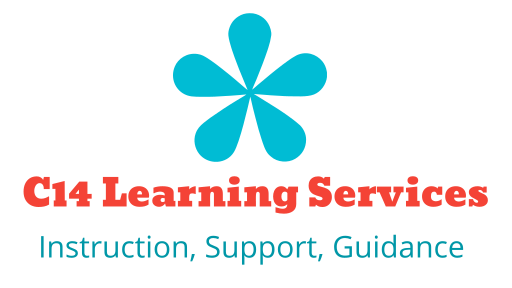My time at Teacher’s College at Columbia University is beyond valuable. Although the institutes there are targeted to teachers and students in schools, teaching and learning are vital processes in all fields and organizations. I love bringing what I learn to friends and family in other industries, and they love it too.
This just in from a Conferring and Small Group Institute in Reading at the Teacher’s College Reading and Writing Workshop: Students learn the most from one-on-one conferences with a teacher. The next most effective classroom experience is student learning in a small group.
Makes sense; individual instruction is the most intense, direct, and memorable. And most learners prefer learning with, and from other peers. They are more engaged than when they passively view (or ignore) a talking-head. But- how do you confer with tons of learners and orchestrate and manage small groups that stay on task? Cornelius Minor, the Rockstar of Teacher’s College and New York City middle schools, showed us the way.
Top 5 Take Aways for Conferring and Small Group Instruction
Speed is your friend while learners are practicing in small groups. The teacher zooms around the room spending an average of 7 minutes with the designated conferences of that day. If you’re not moving for more than 7-8 minutes, step it up.
Research. Observe your learners using the skill, or the skills, you are introducing or targeting. Set up an activity ,or have students do a learner-friendly version of the old school Pre Assessment. Take notes. What exactly do they need to work on? Choose one to a few skills that most in the whole group need.
Horizontal Communication. Talking down- physically or conversationally just never works. Eye to eye, shoulder to shoulder. Get on the same physical level; use a stool. Use social conversation. Ask the learner to tell you about his or her practice. Then invite the learner to try the skill out in a welcoming way. Barking out orders went the way of Sargeant Carter.
Short and Sweet. Compliment the learner, then quickly and simply invite him or her to watch you use the skill. The learner then tries it with you.
A teacher-student conference has collateral benefits. There is always an audience of learners for a teacher working with a student. Most of them will listen, watch, do, and learn too. It’s a 3, 4, or 5-or-more-for-one-deal.
Give the learner a specific task to practice the skill with the possibility of recording it. The practice the learner does at the end of your conference is ripe for your data picking. Think informal, formative assessment. Photo or record it, or come back later for it.
Dying to meet Cornelius Minor? You can find him at Columbia University’s Teachers’ College Reading and Writing Workshop.

